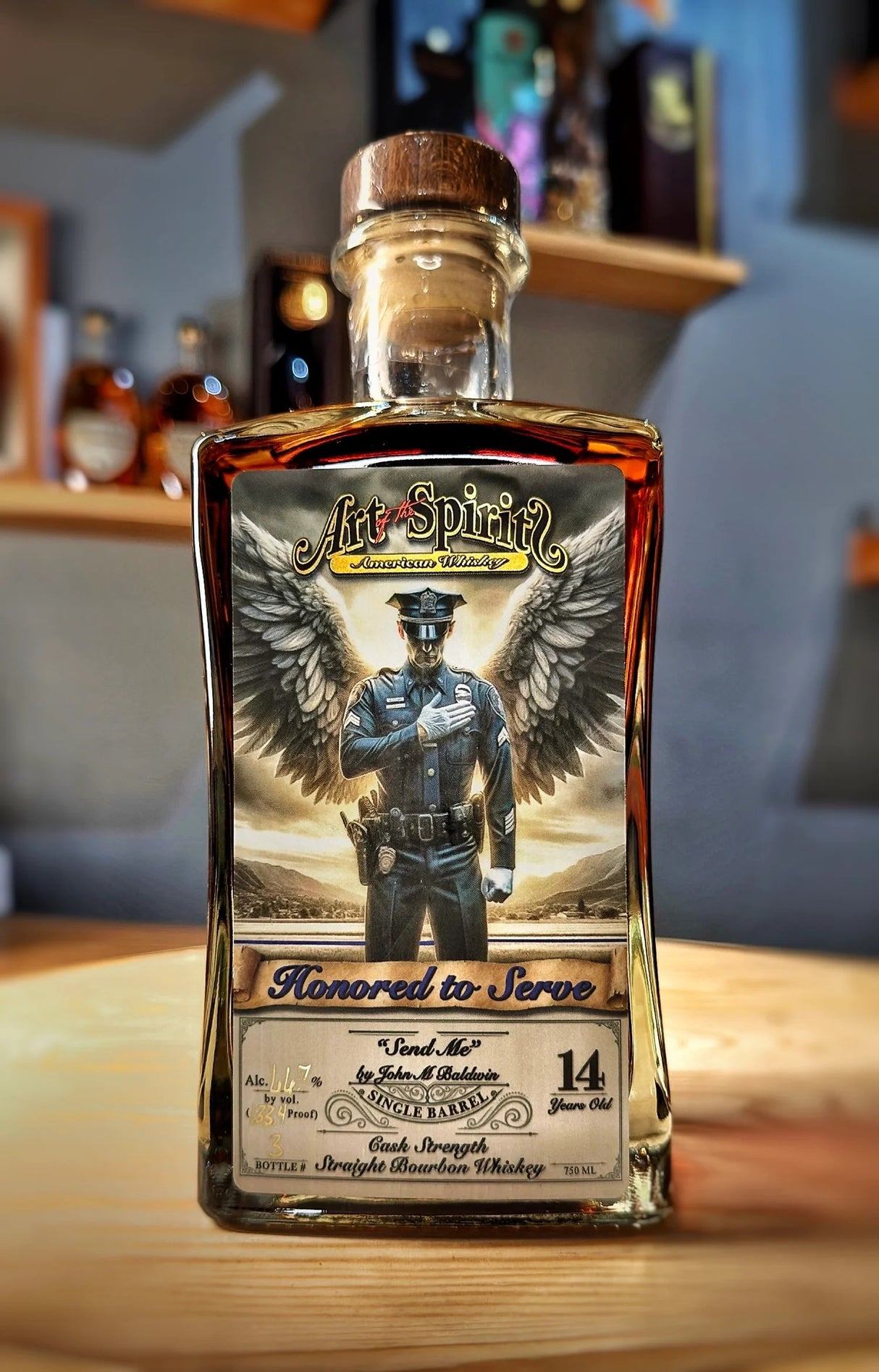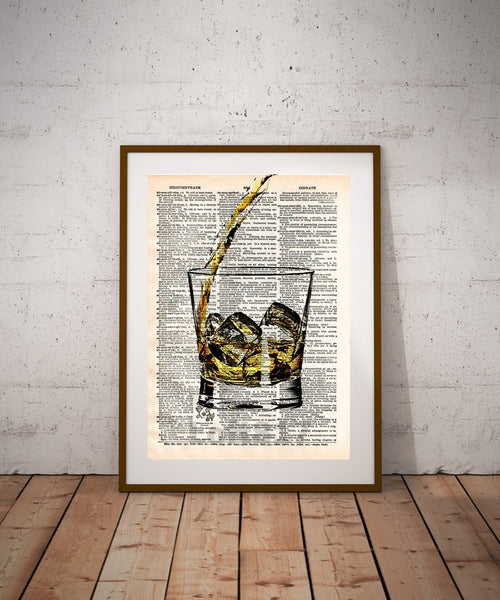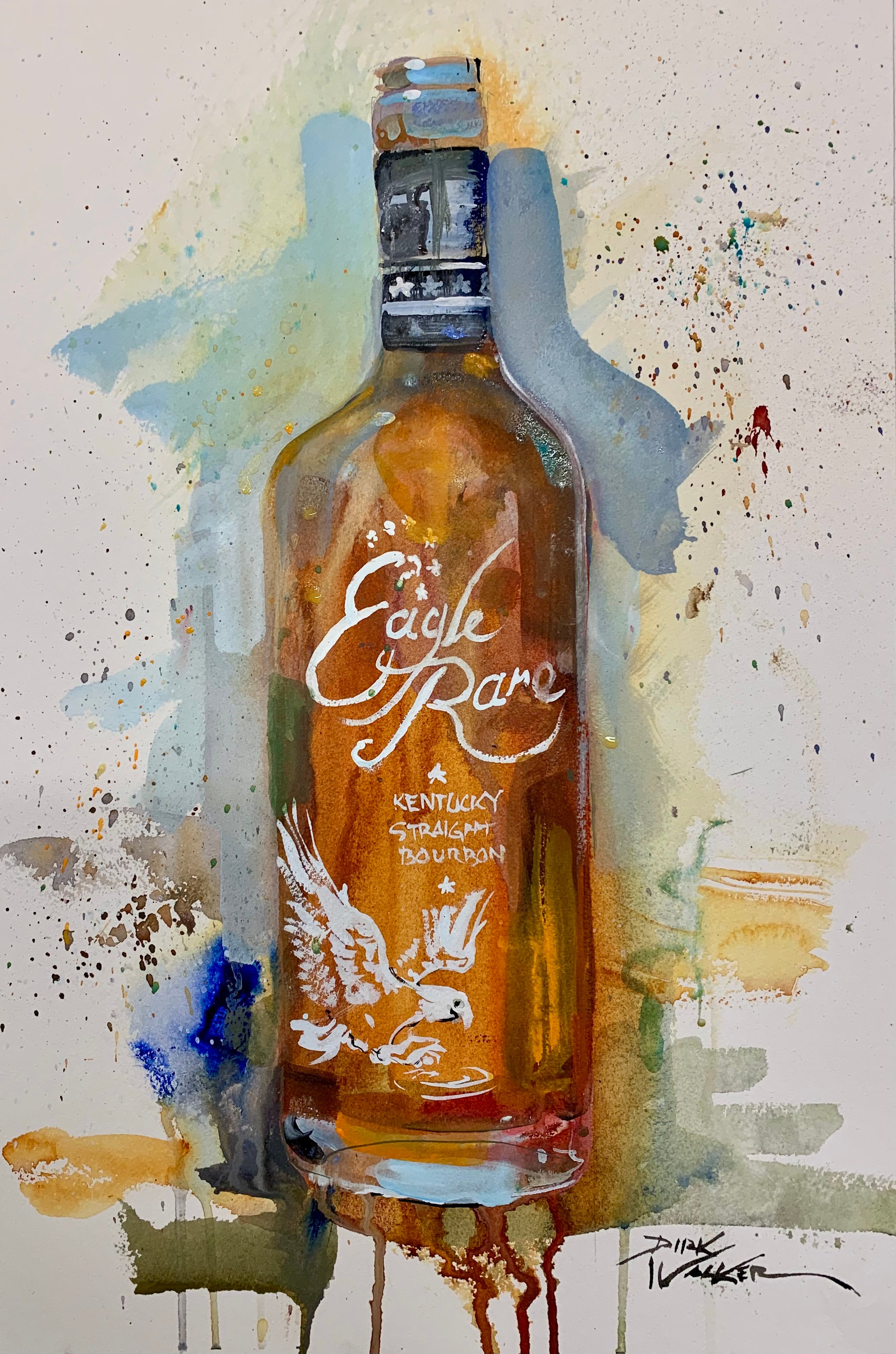The Allure of Realism Art: A Deep Study Whiskey's Rich Heritage
Capturing the Significance of Whiskey Art Through Distinct Visual Depictions and Designs
The art of bourbon prolongs past the liquid itself, materializing via a variety of visual representations that envelop its fabled heritage and workmanship. What remains to be discovered is just how these evolving styles show not just the bourbon itself but likewise the transforming landscape of artistic interpretation. Bourbon Art.
The History of Bourbon Art

As whiskey manufacturing spread, so too did the wish to elevate its experience with art. From the detailed engravings on very early barrels to the fancy tags of modern bottles, each component mirrors a distinct imaginative vision, functioning as a visual story of the bourbon's heritage.
In the 18th and 19th centuries, the rise of the commercial change even more improved bourbon art, leading to ingenious product packaging and advertising that caught customer focus. Musicians and designers started explore looks, imbuing whiskey-related images with symbolic meanings that conveyed notions of area, practice, and workmanship.
Today, bourbon art proceeds to advance, mixing typical methods with contemporary art forms. Bourbon Art. This recurring dialogue in between the spirit and its visual representation underscores the enduring bond between scotch and culture, enriching the general experience for fanatics worldwide
Iconic Bottle Styles
While lots of aspects add to the appeal of bourbon, famous container designs play a crucial role fit customer perception and enhancing the general experience. The aesthetic presentation of whiskey containers is not simply a visual factor to consider; it functions as a bridge between the item and the customer, stimulating emotions and establishing expectations.
Distinctive forms, materials, and closures can elevate a bourbon brand's identity, making it immediately recognizable on jampacked shelves. The traditional Glenfiddich container, with its classy conical silhouette, shares a sense of practice and craftsmanship, while the vibrant, modern layout of the Balvenie bottle shows innovation and class. The usage of colored glass or one-of-a-kind appearances can suggest the quality and character of the bourbon within.
Renowned styles frequently integrate components of cultural heritage, representing the brand name's history and connection to its origins. Brand Names like Jack Daniel's utilize a simple, durable layout that resonates with its American scotch heritage. Inevitably, the influence of bottle design prolongs past plain functionality; it encapsulates the essence of the brand name, welcoming customers to explore and indulge in the abundant tapestry of bourbon society.
Tag Artwork and Branding
Bottle designs typically set the stage of what consumers can expect, however label artwork and branding play an equally considerable function in connecting a scotch's identification. The tag functions as the initial point of contact between the item and the customer, encapsulating the essence of the bourbon within its aesthetic elements.
Reliable tag art work combines shade, typography, and imagery to produce a story that resonates with the brand name's heritage and target audience. For example, a label including vintage font styles and intricate pictures may stimulate a sense of tradition and workmanship, attracting aficionados. In comparison, strong shades and contemporary layout aspects might bring in a younger group seeking development and exhilaration.


Photography and Visual Narration
Catching the significance of scotch via photography and visual narration is an art form that raises the brand experience. This medium goes beyond plain item representation, delving into the complex narratives that border each bottle. By utilizing engaging imagery, professional photographers can stimulate feelings that reverberate with consumers, eventually forging a deeper connection to the scotch brand name.
Visual narration in whiskey digital photography often uses abundant structures, illumination, and composition to highlight the special characteristics of the spirit. The interaction of light and darkness can accentuate the brownish-yellow tones of Read More Here scotch, while the choice of history aspects-- such as rustic barrels or sophisticated glasses-- can reinforce the brand name's heritage or lifestyle associations.
Moreover, capturing the ceremonial aspects of scotch intake, from the putting to the tasting, invites customers right into a sensory experience, enabling them to imagine the flavors and scents that wait for. Each photo not only showcases the product however likewise narrates of workmanship, tradition, and the minutes that bourbon can enhance - Limited Edition. Hence, digital photography ends up being a powerful tool in expressing the identity of scotch brand names, positioning them within the broader social landscape
Arising Patterns in Scotch Art
The development of whiskey art is increasingly formed by contemporary trends that show broader social changes and customer preferences. One famous trend is the assimilation of sustainability into art methods. Artists are now utilizing recycled products and environment-friendly procedures to develop whiskey-themed pieces, reverberating with ecologically mindful customers. This shift not only highlights the significance of sustainability yet additionally improves the story bordering scotch production.
Furthermore, digital art has risen in appeal, enabling ingenious depictions of whiskey. Musicians are leveraging innovation to craft immersive experiences, such as enhanced fact setups that involve visitors and supply a much deeper understanding of whiskey's anchor cultural relevance. This pattern likewise encompasses social networks platforms, where aesthetically striking material garners interest and promotes community amongst enthusiasts.
Additionally, partnerships between bourbon brands and artists are ending up being much more commonplace. These collaborations yield limited-edition product packaging styles and unique art work that celebrate both the workmanship of scotch and the imagination of musicians. As whiskey art continues to evolve, these arising fads will unquestionably form its future, cultivating a vibrant crossway of culture, sustainability, and modern technology within the scotch neighborhood.
Conclusion
To conclude, the art of whiskey encompasses a diverse range of graphes that reflect its abundant heritage and workmanship. From famous container layouts and complex label artwork to compelling digital photography, each element adds to a wider story that improves the consumer's experience. As emerging trends, such as digital art and sustainability, proceed to shape this imaginative landscape, the complex identity of bourbon continues to be an enduring source of cultural connection and exploration.

In conclusion, the art of whiskey incorporates a varied range of aesthetic depictions that reflect its rich heritage and workmanship.